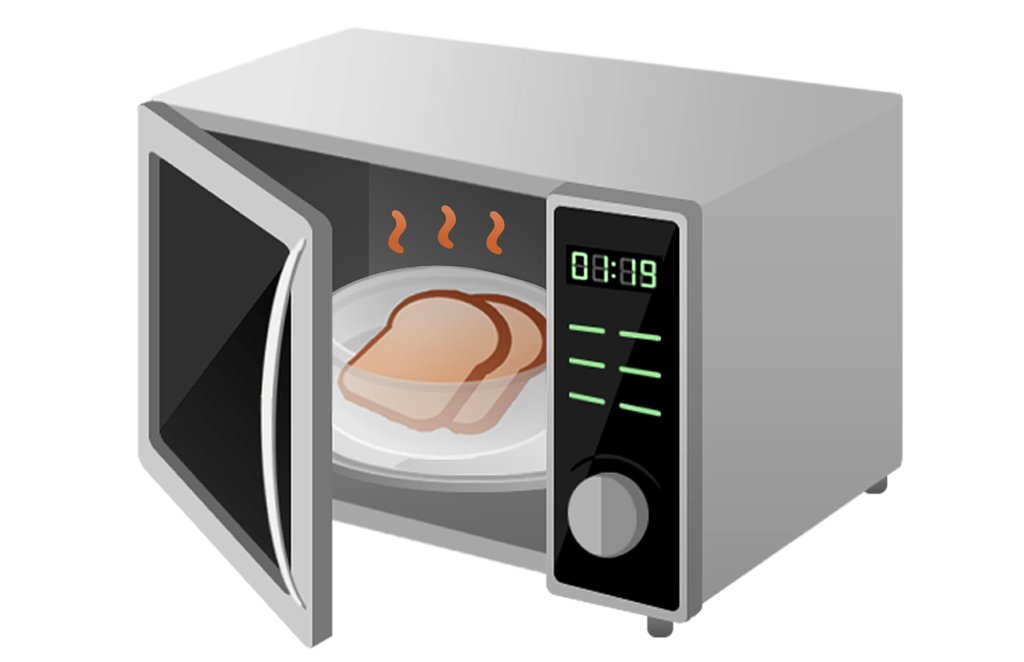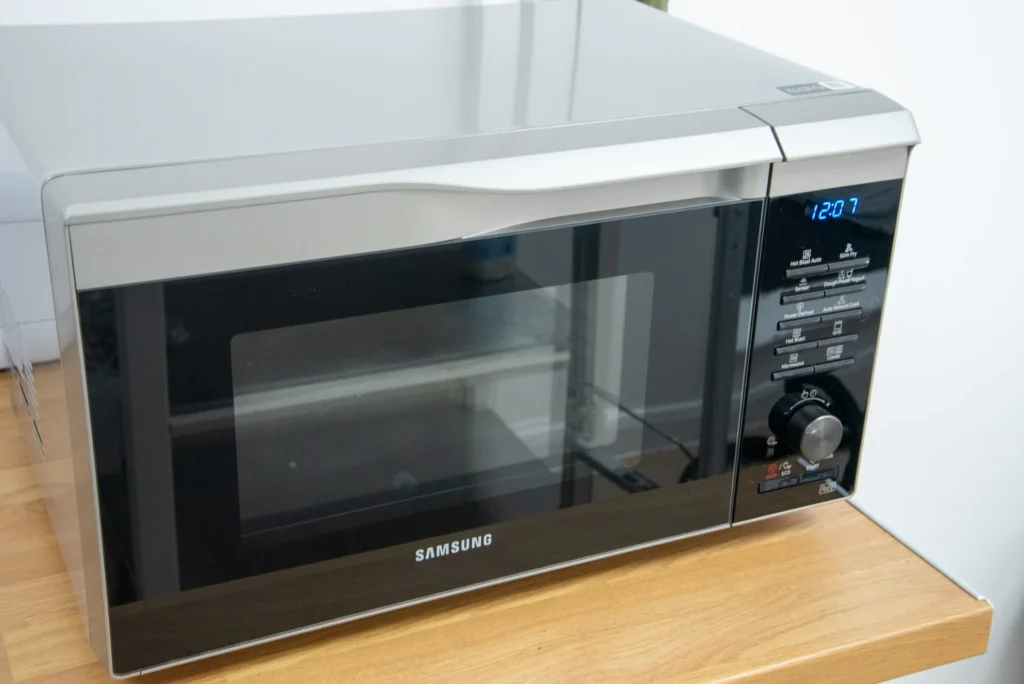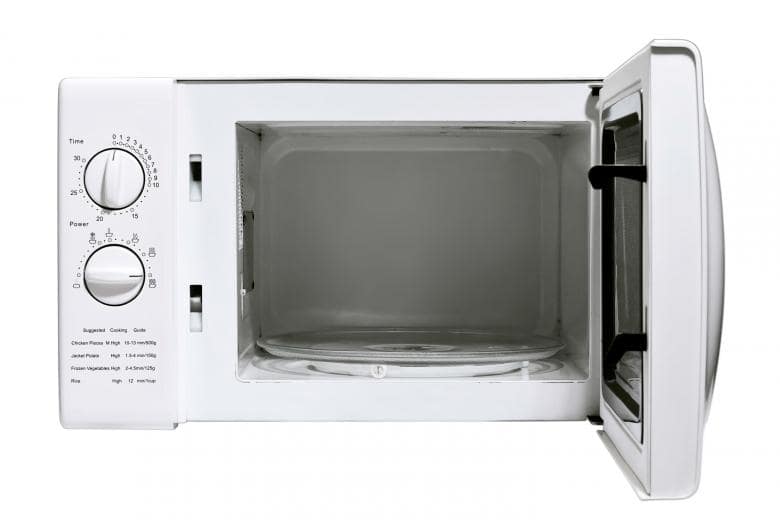Have you ever found yourself staring at your microwave, wondering what exactly happens in the mystical realm of “1 1/2 minutes”? It’s a common sight in kitchens worldwide: the microwave, a modern marvel of convenience, offers us the power to heat, cook, and defrost with a simple touch of a button. But what does that seemingly arbitrary time frame of 1 1/2 minutes really entail? Beyond just a countdown on a digital display, there’s a fascinating science behind those 90 seconds.
In this exploration, we’ll delve into the physics, the culinary implications, and the practicalities of what happens during that brief yet significant span of time in the microwave. So, let’s embark on a journey to uncover the secrets behind 1 1/2 minutes and unravel the mystery of this microwave magic.
Table of Contents
What is 1 1/2 Minutes on a Microwave?

When your microwave recipe instructs you to cook something for 1 1/2 minutes, it’s simply asking for 1 minute and 30 seconds of your time. Don’t let the fractions confuse you; it’s just like counting to 90 seconds.
Picture this: You’re preparing a quick snack, and the instructions say to microwave it for 1 1/2 minutes. Instead of scratching your head, just dial in 1:30 on the microwave timer, and you’re good to go. It’s as easy as setting your clock for a minute and a half.
In those brief 90 seconds, the microwave works its magic, heating your food evenly and swiftly. So, the next time your recipe calls for 1 1/2 minutes on the microwave, remember, it’s just a minute and a half of zapping away, bringing your food to the perfect temperature without any fuss.
If you’re curious about the significance of microwave times, you might find it interesting to learn about what is 2 1/2 minutes on a microwave and how it affects your cooking experience.
How To Set 1 1/2 Minutes on a Microwave?

Setting the timer on a microwave may seem like a straightforward task, but getting the precise time can make a big difference in the outcome of your food. If you’re aiming for 1 1/2 minutes, here’s how to do it seamlessly:
1. Locate the Timer Button
Most microwaves have a designated timer button. It might be labelled as “Timer” or “Time Cook.” Look for this button on the control panel.
2. Press the Timer Button
Give the timer button a gentle press to activate it. This action usually prompts the microwave to display 0:00 or some other default time.
3. Enter the Time
Since you’re aiming for 1 1/2 minutes, you’ll need to input 1:30 using the number pad. Some microwaves may require you to enter the time in seconds directly. In that case, input 90 seconds.
4. Start the Timer
Once you’ve entered the desired time, press the “Start” or “On” button to initiate the countdown. The microwave’s display should now show the time ticking down from 1:30 (or 90 seconds).
5. Pause if Necessary
If you need to pause the timer for any reason, most microwaves have a “Pause” or “Stop” button. Press this button, attend to whatever needs your attention, and then press “Start” again to resume the countdown.
6. Wait for the End Signal
As the timer counts down, you’ll typically hear beeps or a signal indicating that the set time has elapsed. Once you hear this signal, your food should be ready to enjoy.
7. Open the Microwave Carefully
When the timer finishes, use caution when opening the microwave door as the contents inside might be hot. Use oven mitts or a towel to protect your hands from any steam or heat.
Setting the timer on a microwave is a simple yet essential skill that ensures your food is heated or cooked to perfection. With just a few button presses, you can achieve the ideal cooking time for your meals or snacks. Mastering this process allows you to enjoy delicious dishes without the guesswork of timing. If you’re curious about how to set 3 1/2 minutes on a microwave, check out our article on it!
How Do You Set A Microwave For 1 Minute?

When you need a quick zap for your food, setting your microwave for 1 minute is a breeze. It’s the go-to option for many of us, especially when time is of the essence. So, how do you do it?
First off, locate the microwave button that typically says “Time Cook” or something similar. It’s usually prominent and easy to find on the control panel. Once you’ve located it, press it.
Next, you’ll want to input the time. Since we’re aiming for 1 minute, you’ll simply punch in ‘1 0 0’ on the number pad. That’s one, zero, zero – representing one minute.
After inputting the time, some microwaves may require you to press a ‘Start’ button to begin the countdown. Others may start automatically once you’ve inputted the time. Check your microwave’s manual if you’re unsure.
Now, your microwave is set for 1 minute! You might hear the familiar hum of the machine as it goes to work, zapping your food with heat waves.
While you wait, take a moment to do a quick task or simply relax. One minute might not seem like much, but it can be just enough time to catch your breath or prepare your utensils for when your food is ready.
Once the minute is up, your microwave will likely beep to signal that it’s finished. Carefully open the door and retrieve your food. Remember, it might be hot, so use caution.
That’s all there is to it! Setting your microwave for 1 minute is a simple process that saves time and gets your food warmed up and ready to eat in a flash. Whether it’s heating up leftovers or making a quick snack, one minute is often all it takes.
What are Microwave Minutes?
Is It OK To Microwave For 10 Minutes?
Microwaving food for 10 minutes straight might seem like a convenient option, especially when you’re in a rush or craving a quick meal fix. But is it really okay to zap your food for that long in the microwave?
Let’s break it down.
Firstly, microwaves work by agitating water molecules in food, generating heat that cooks the item. When you extend the cooking time to 10 minutes, you’re essentially subjecting your food to intense heat for a prolonged period.
For some foods, like certain vegetables or rice dishes, 10 minutes might be excessive. Overcooking can lead to nutrient loss and even change the taste and texture of your meal. Nobody wants mushy broccoli or rock-hard rice, right?
Moreover, there’s the issue of safety. While modern microwaves come with safety features, prolonged cooking times can still pose risks. There’s a chance of food splattering, especially if it’s liquid-based, which could lead to burns or messy clean-ups.
Then there’s the matter of food quality. While it’s convenient to microwave leftovers or ready-made meals, the longer they’re exposed to heat, the more their flavour and nutritional value can deteriorate. Plus, some dishes just aren’t meant to be nuked for that long.
But hey, not all hope is lost. There are certain dishes that can withstand a 10-minute microwave session, like certain soups or stews. The key is to know your food and adjust the cooking time accordingly.
In summary, while it’s technically okay to microwave for 10 minutes, it’s not always the best choice for your food’s taste, texture, and nutritional value. So next time you’re tempted to hit that ‘Start’ button for an extended duration, consider the dish, adjust the time if needed, and savour the flavours of a well-cooked meal. For more insights on microwave cooking times, check out our article on 5 1/2 minutes on a microwave.
Is A Microwave Faster?
When hunger pangs strike or you’re in a rush, the microwave often emerges as the unsung hero of the kitchen. But is it truly faster? Let’s unravel the mystery.
Imagine you’re craving a warm bowl of leftovers or a quick snack. You could opt for the stovetop or oven, but the microwave beckons with its promise of speed. It’s a common perception that microwaves work like magic, zapping food to piping hot perfection in minutes. But is it merely a perception or rooted in reality?
In essence, yes, the microwave is indeed faster for certain tasks. Its secret lies in the way it heats food. Unlike traditional methods that rely on external heat sources to gradually raise the temperature, microwaves penetrate the food, exciting water molecules and generating heat from within. This process, known as dielectric heating, accelerates cooking times significantly.
Why is accurate timing important when you’re using a microwave?

Timing is everything, even when it comes to zapping your leftovers or popping that bag of popcorn in the microwave. But have you ever stopped to think why accurate timing matters in this seemingly simple kitchen appliance?
Let’s dive in.
Let’s imagine you’re hungry after a long day, and you want a quick meal. You toss your food into the microwave, set the timer, and wait eagerly. But if the timing isn’t precise, your meal might end up either undercooked or, worse, resembling something charred and inedible.
Here’s why accurate timing is crucial:
1. Even Heating
Microwaves work by emitting radiation that excites water molecules in your food, generating heat. If the timing is off, some parts of your food might get overheated while others remain cold, leading to an uneven and unsatisfying meal.
2. Food Safety
Properly timing your microwave session ensures that your food reaches a safe temperature to kill harmful bacteria. Undercooked food can harbour these pathogens, putting your health at risk.
3. Texture and Taste
Have you ever nuked a dish for too long, only to find it rubbery or dry? Accurate timing helps preserve the texture and flavour of your food, making it more enjoyable to eat.
4. Preventing Accidents
Overheating food in the microwave can cause it to splatter and create a mess. By setting the timer right, you minimize the chances of accidents and save yourself from the hassle of cleaning up spills.
5. Energy Efficiency
Microwaving food for longer than necessary wastes energy and adds to your electricity bill. By mastering the art of timing, you not only ensure better results but also save resources in the process.
In essence, accurate timing in the microwave isn’t just about convenience—it’s about ensuring that your meals are safe, delicious, and hassle-free. So the next time you hear that familiar ding, remember the importance of getting the timing just right. Your taste buds—and your stomach—will thank you for it.
What is Microwave Standing Time?

Standing time, a term often associated with microwave cooking, holds a crucial role in achieving perfectly cooked meals. It represents the additional duration during which food continues to cook even after being removed from the microwave.
Sometimes known as “carryover cooking time” or simply “resting time,” standing time serves to ensure thorough cooking and mitigate any potential hot spots within the food.
The duration of standing time varies depending on the density of the food being prepared. Generally, denser items like meats necessitate a longer standing time compared to lighter foods such as fruits, veggies, or bread.
A useful rule of thumb is to allocate approximately 20% of the total cooking time for standing time. For instance, when preparing smaller meals like eggs, a standing time of 1-3 minutes might suffice, while vegetables or cakes could benefit from at least 5 minutes of standing time.
Understanding and incorporating standing time into your microwave cooking routine ensures that your dishes are not only cooked to perfection but also retain their flavours and textures impeccably.
What is 30 seconds on a microwave?
When you hit that “30 seconds” button on your microwave, you’re not just setting a brief moment in time. It’s a mini journey for your food. Think of it as a quick jaunt into the realm of rapid heating. In that short span, molecules within your meal are bustling about, rubbing shoulders, and generating heat through friction.
In essence, 30 seconds on the microwave clock is akin to a speed date for your food and those electromagnetic waves. It’s enough time for a quick mingle, a warm-up session if you will, but not quite enough for a full-on culinary romance. It’s the culinary equivalent of dipping your toes into warm water rather than taking a leisurely swim.
So, the next time you punch in those 30 seconds, remember, it’s not just a number—it’s a snippet of time where science and convenience collide, helping you get that warm, comforting bite just a tad faster.
Conclusion:
Understanding what is 1 1/2 minutes on a microwave means can greatly enhance your cooking experience and efficiency in the kitchen. With the right knowledge, you can precisely heat up leftovers, thaw frozen foods, or cook simple meals in a matter of minutes. It’s not just about setting a timer; it’s about knowing how your microwave operates and how different foods respond to varying cook times. By grasping the concept of 1 1/2 minutes, you unlock a world of culinary possibilities at your fingertips.
So the next time you’re in the kitchen, remember that 1 1/2 minutes on the microwave isn’t just a measurement of time; it’s a gateway to convenience and deliciousness. Mastering this simple unit of time can revolutionize the way you approach cooking, making your meals tastier, faster, and more enjoyable. Embrace the power of the microwave and watch as your culinary skills soar to new heights.



